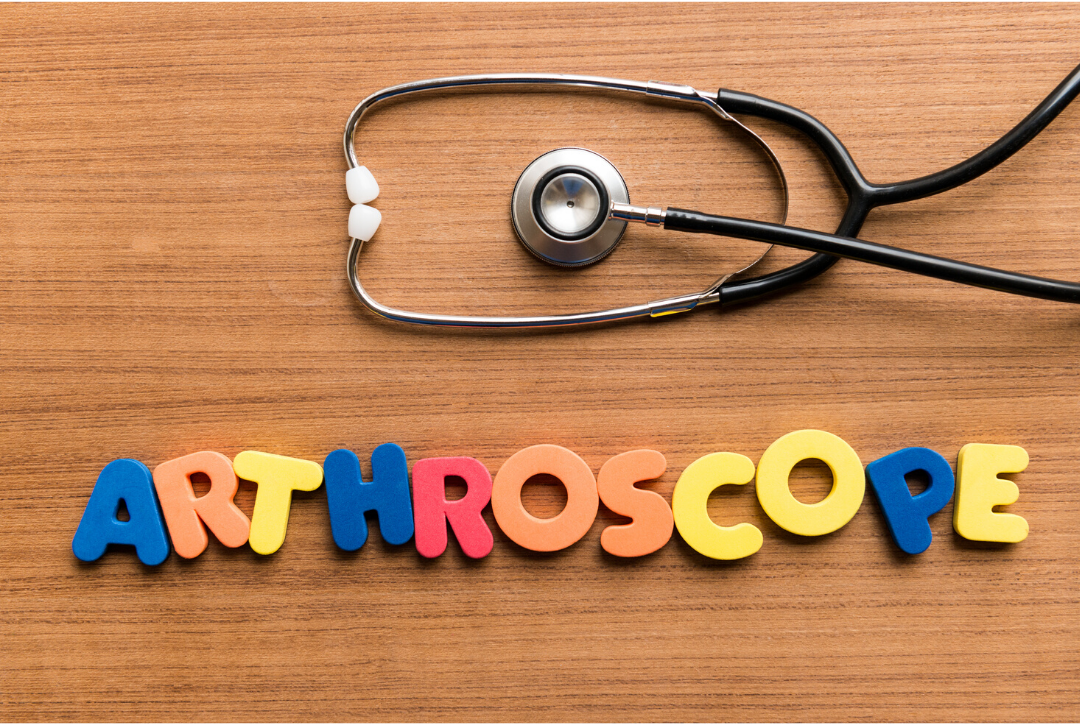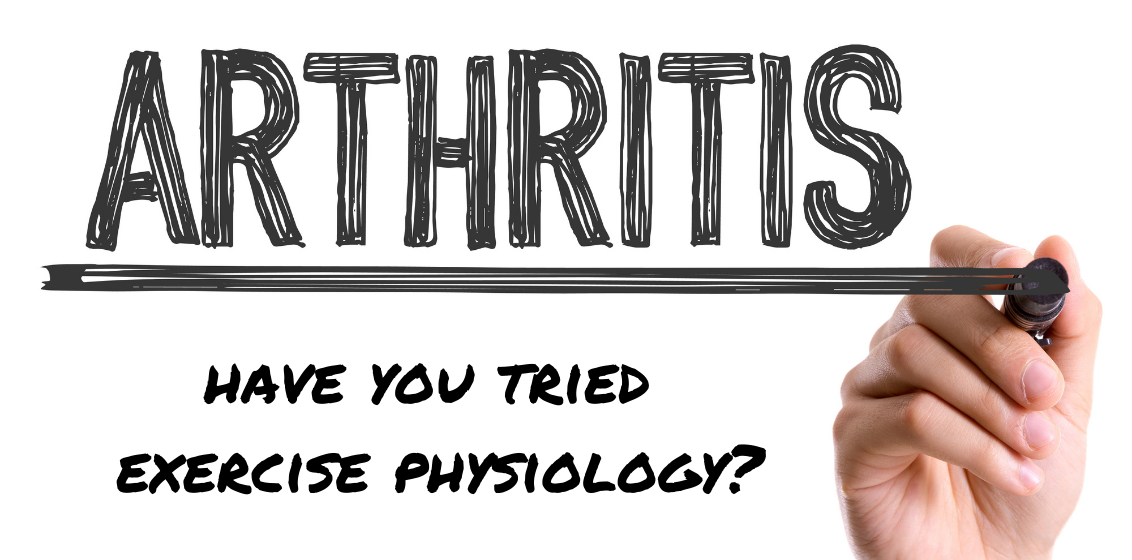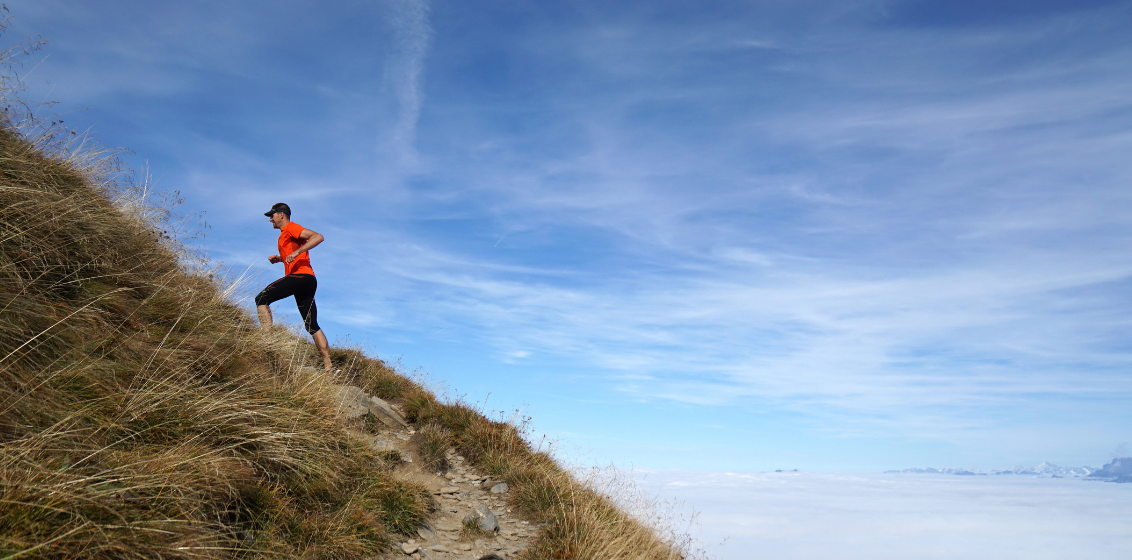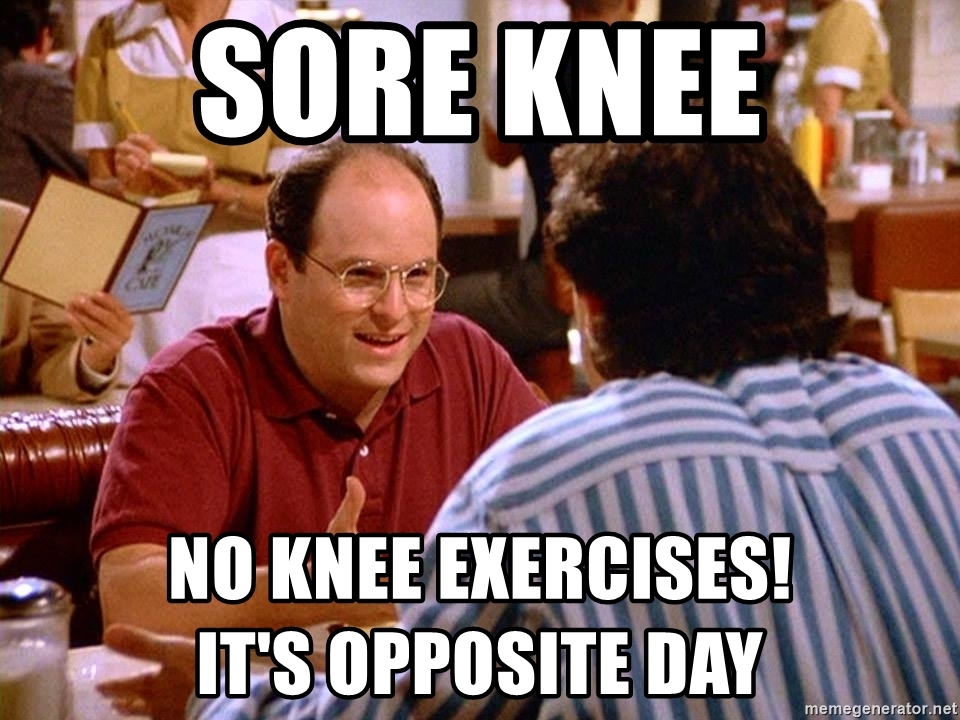A look inside knee arthroscopy!

Part of our job as Physiotherapists is to stay up to date with the latest clinical research to help guide
the advice, education and rehabilitation choices we offer you. We’ve recently come across a startling
paper published in The Bone and Joint Journal in August 2019. In this mammoth project, researchers
scoured the records of more than 800,000 people who had a knee arthroscopy over a 15 year
period. Some of their findings are truly staggering:
- Having a knee arthroscopy means you are 13% more likely to have a knee replacement in that knee within 15 years compared to your other knee
- Females who have an arthroscope progress to knee replacement twice as often as males
- Comparing to the rest of the population, those who have arthroscopy are 10 times more likely to have a knee replacement
- If you have an arthroscope in your 30’s this increases to a 40-fold chance of having a knee
replacement - Your other knee doesn’t escape the attention, being 3 times more likely to have a knee replacement than normal.
This challenging data adds to what we already know about arthroscopes for most people with knee
pain. A 2002 study in people with osteoarthritis compared arthrosocopic surgery to washing out the
knee with fluid, and placebo surgery, (where patients were anaesthetised and only had skin incisions
made). They found no difference in pain or function for 2 years following surgery between any of the
procedures. To spell this out, all 3 groups had some improvement in pain but there was no
difference between fake surgery and real surgery. In fact, those that underwent full arthroscopy had
the poorest walking and stair climbing ability out of the 3 groups.
Arthroscopy has a place and is most likely to be effective in younger patients with normal knee
alignment and a short duration of symptoms like locking and catching.
So, if arthroscopy is no better than fake surgery in most cases, what else can someone with a painful,
arthritic knee do?
The first line of treatment for knee pain and osteoarthritis include exercises to strengthen the leg
muscles, weight control and education. Here at Parkside Sports Physiotherapy we have a number of
ways we can help you with this
- Individual Physio assessment and treatment, one on one with your Physio in our onsite gym
- Aquatic Physiotherapy (Hydrotherapy): provided by our Physio, Trish Loder at Engadine Health. This is ideal for those who have difficulty walking for exercise as the water reduces the effect of gravity on a painful knee joint and allows a higher level of exercise to stretch and strengthen the knee, as well as burn calories
- Small-group Osteoarthritis exercise classes. Jay McGuinness runs the GLA;D program here at Parkside, a course of twice-weekly, one-hour group exercise classes to improve strength, alignment, balance and confidence in those who have trouble with knee or hip osteoarthritis.



